The Psychology of Colors in Marketing
In the vast and visually stimulating world of marketing, every color chosen holds a deeper psychological significance than meets the eye. The psychology of colors plays a crucial role in shaping consumer perceptions, influencing emotions, and ultimately impacting purchasing decisions. Marketers strategically leverage the power of colors to convey brand messages and evoke specific responses from their target audience.
Understanding Color Psychology:
Red: Passion and Urgency:
The color red is associated with strong emotions, evoking feelings of passion, excitement, and urgency. It often serves as a call to action, making it a popular choice for clearance sales and promotional events. Red can stimulate appetite, making it a common choice for food and beverage brands.
Blue: Trust and Stability:
Blue exudes a sense of trust, reliability, and calmness. It is frequently used by banks, tech companies, and healthcare providers to establish a sense of security. Lighter shades of blue can evoke a more serene atmosphere, while darker blues convey professionalism and stability.
Green: Freshness and Growth:
Associated with nature, green represents freshness, growth, and eco-friendliness. Brands focusing on sustainability, organic products, or health often incorporate green into their logos and marketing materials. It has a calming effect and is easy on the eyes, making it suitable for a variety of industries.
Yellow: Optimism and Energy:
Yellow is the color of optimism and energy. It grabs attention and is often used to convey a sense of happiness and warmth. Fast-food chains and brands promoting youthful, vibrant products frequently use yellow to stand out and create a positive impression.
Purple: Luxury and Sophistication:
Purple is associated with luxury, sophistication, and creativity. It is often used by beauty and cosmetic brands to convey a sense of elegance and exclusivity. Lighter shades of purple can also evoke a more imaginative and whimsical vibe.
Orange: Creativity and Enthusiasm:
Orange combines the energy of red and the warmth of yellow, making it a color associated with creativity, enthusiasm, and adventure. It is often used by brands looking to stand out and create a bold, playful image.
Black: Elegance and Authority:
Black is a classic color associated with elegance, sophistication, and authority. Many luxury brands choose black to convey a sense of exclusivity and timelessness. It provides a strong contrast and is often used for minimalist, high-end designs.
White: Purity and Simplicity:
White represents purity, simplicity, and cleanliness. It is commonly used in healthcare, technology, and lifestyle brands to convey a sense of clarity and openness. White also provides a neutral background that allows other colors or elements to stand out.
Conclusion:
In the vibrant tapestry of marketing, the psychology of colors serves as a powerful tool for brands to communicate messages, elicit emotions, and establish a memorable identity. By understanding the psychological impact of each color, marketers can make strategic decisions that resonate with their target audience, creating a visual language that goes beyond aesthetics to leave a lasting impression on consumers.
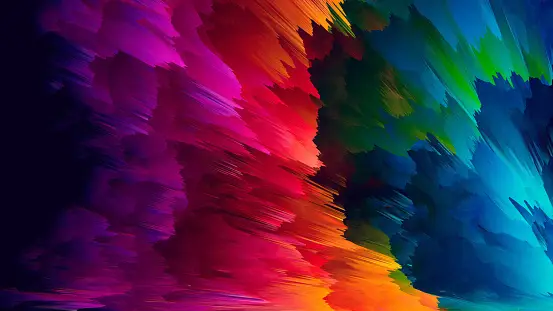
.png)
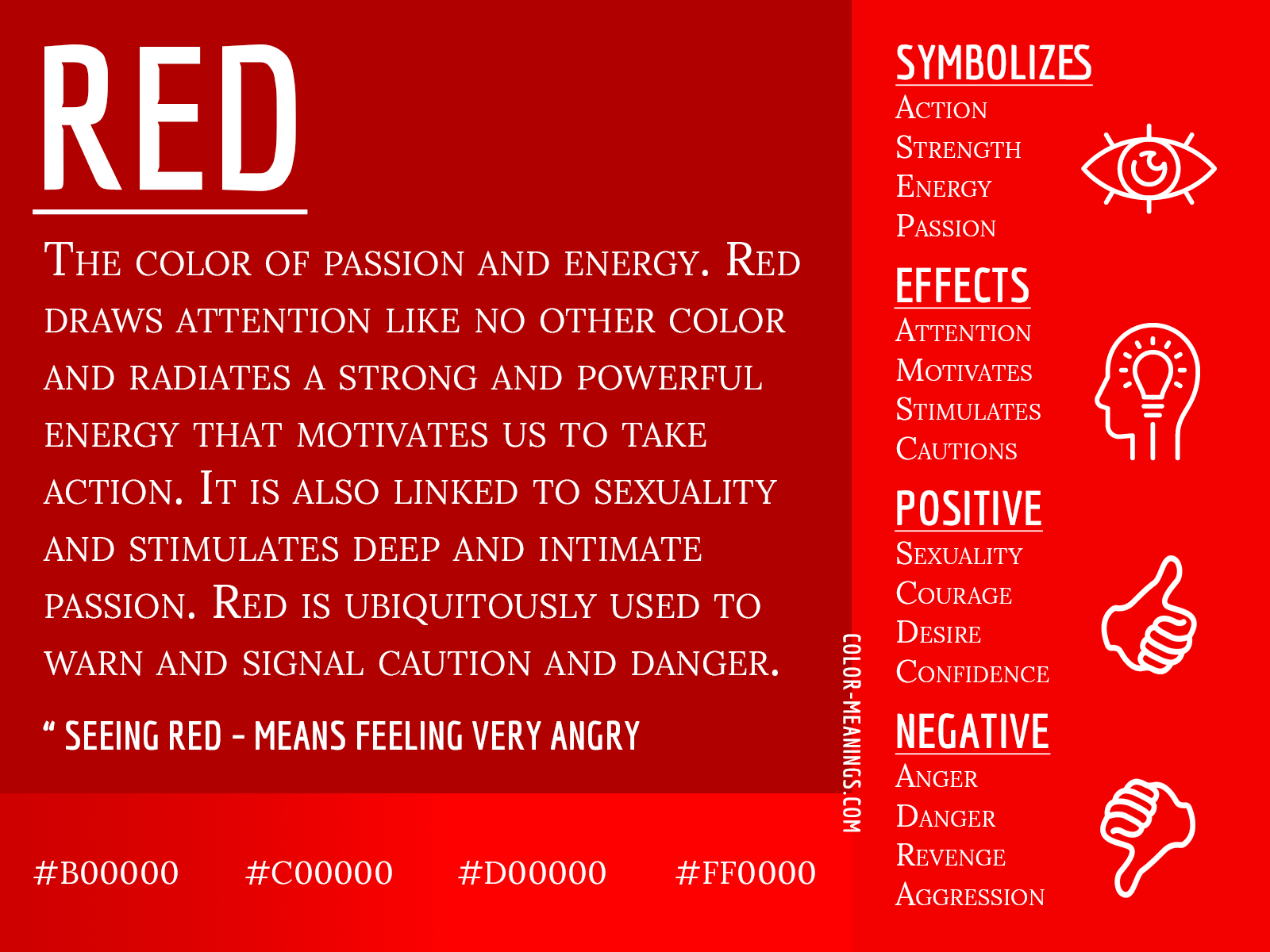

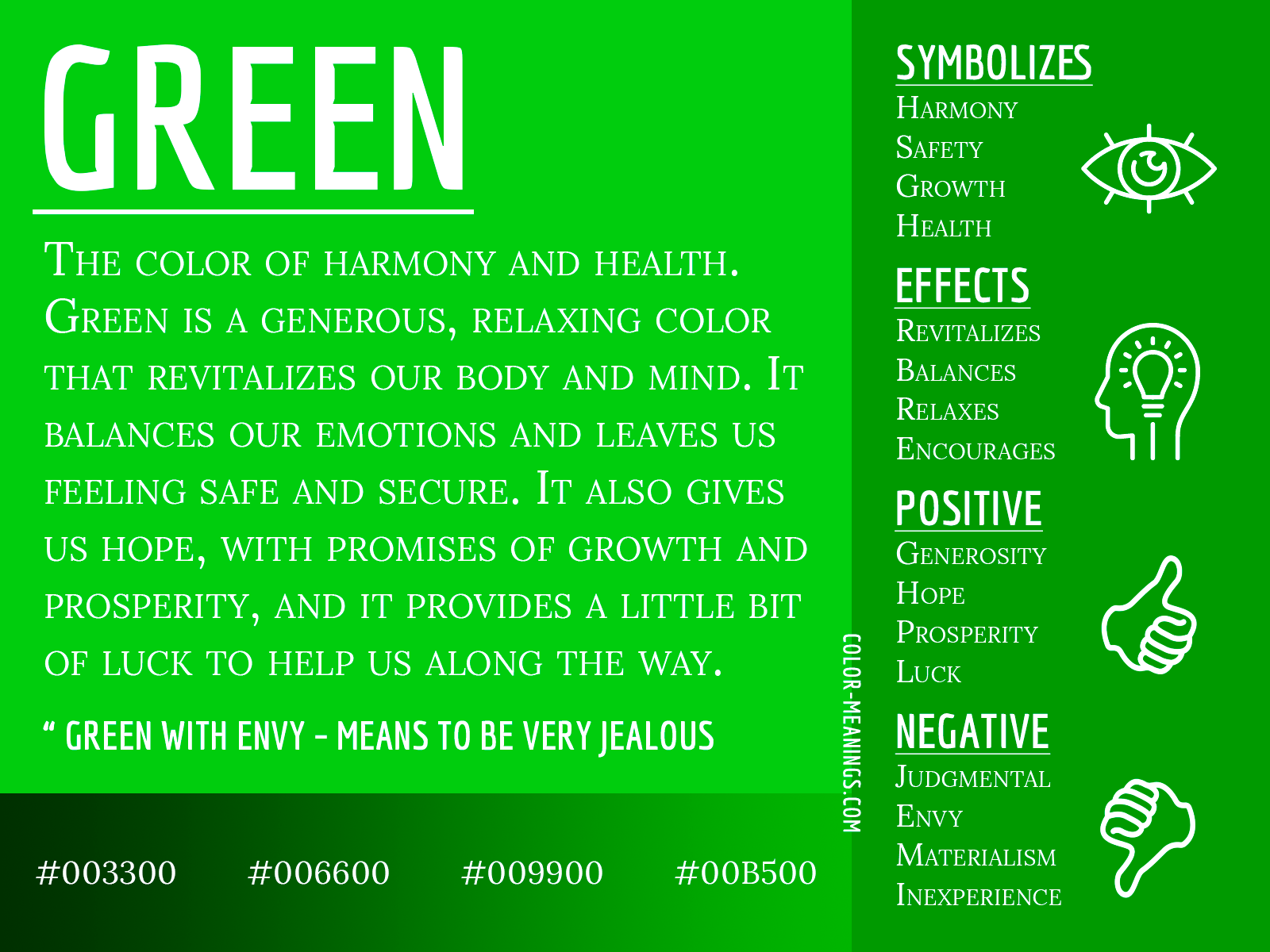

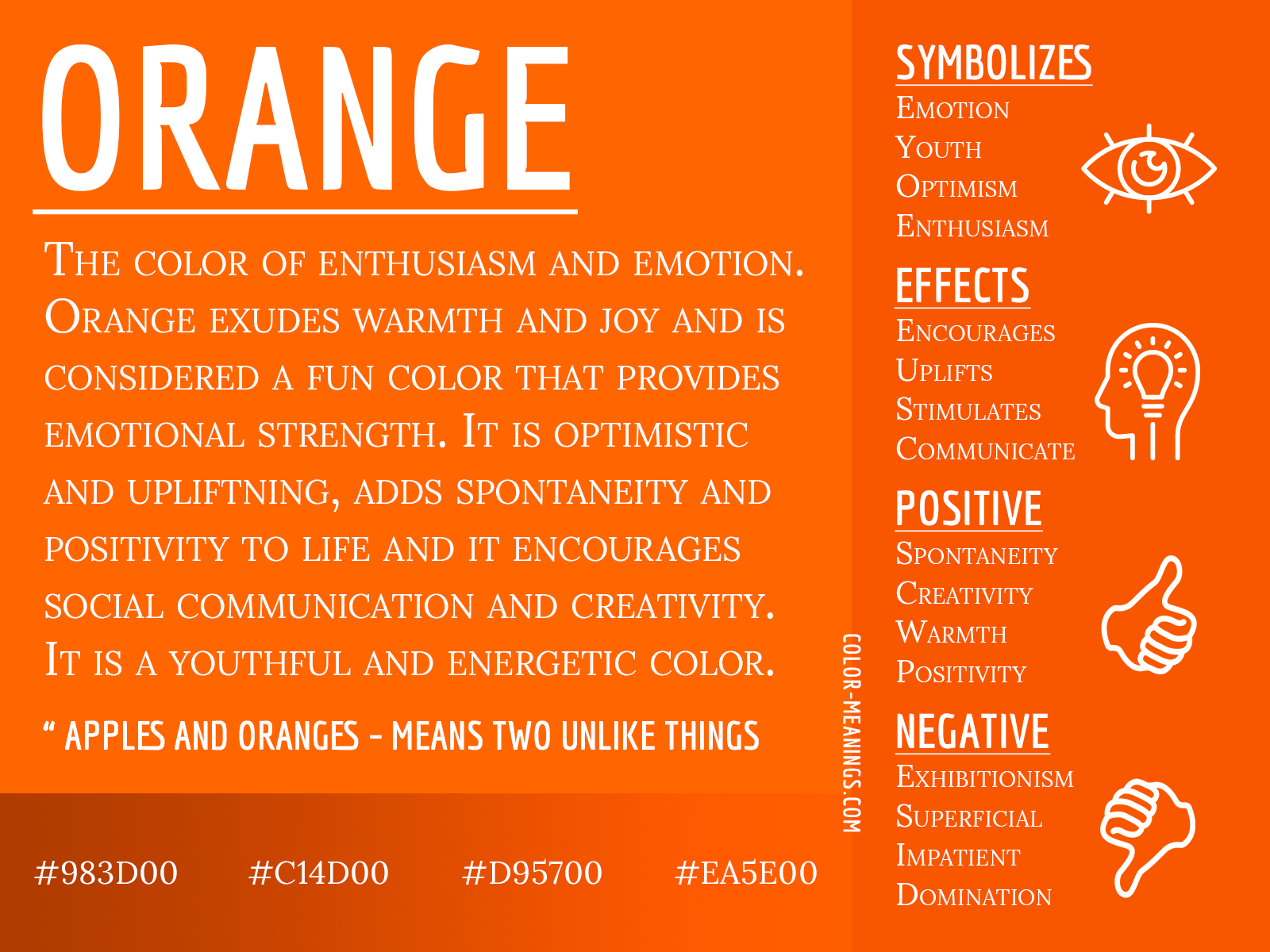
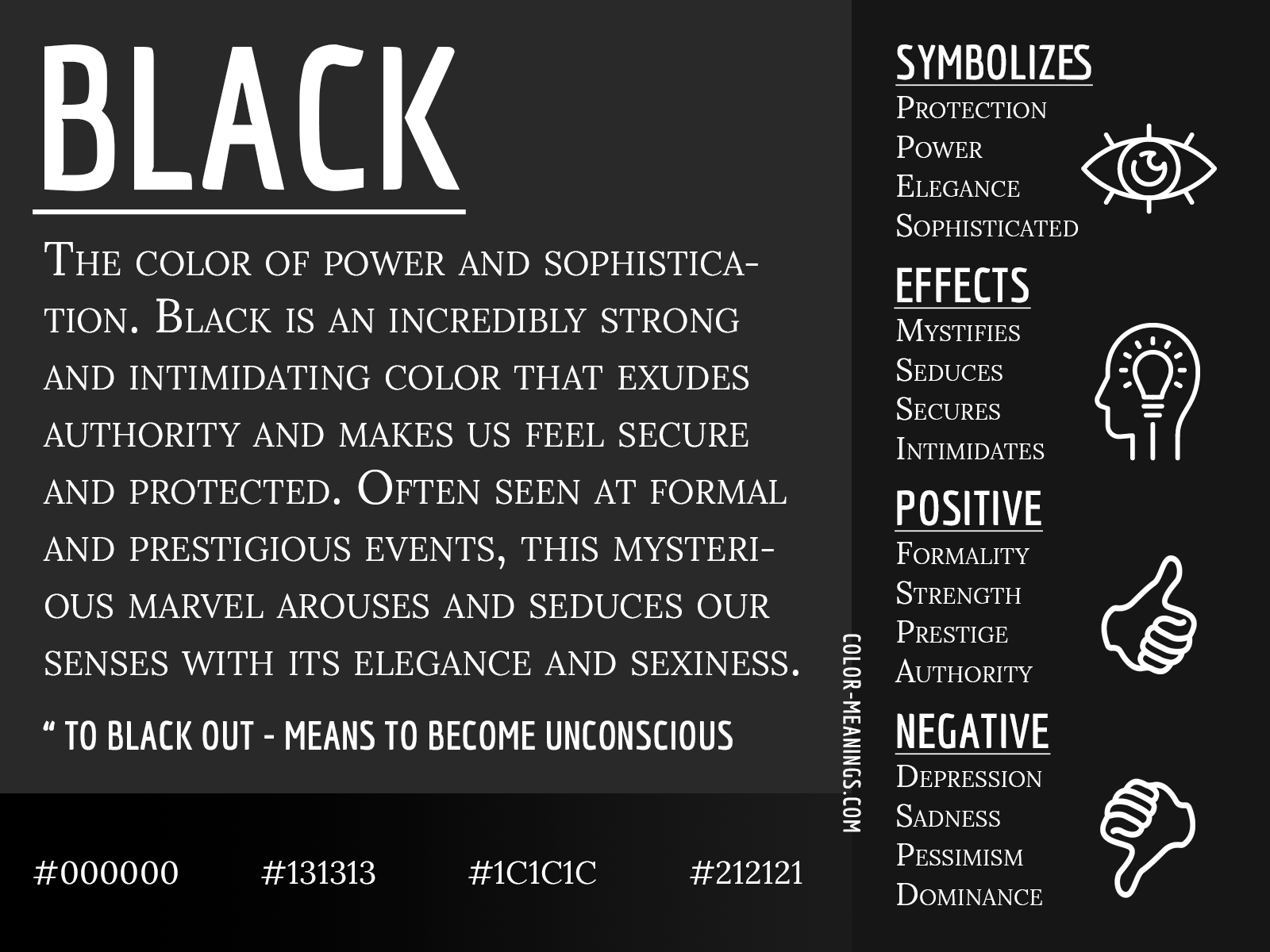
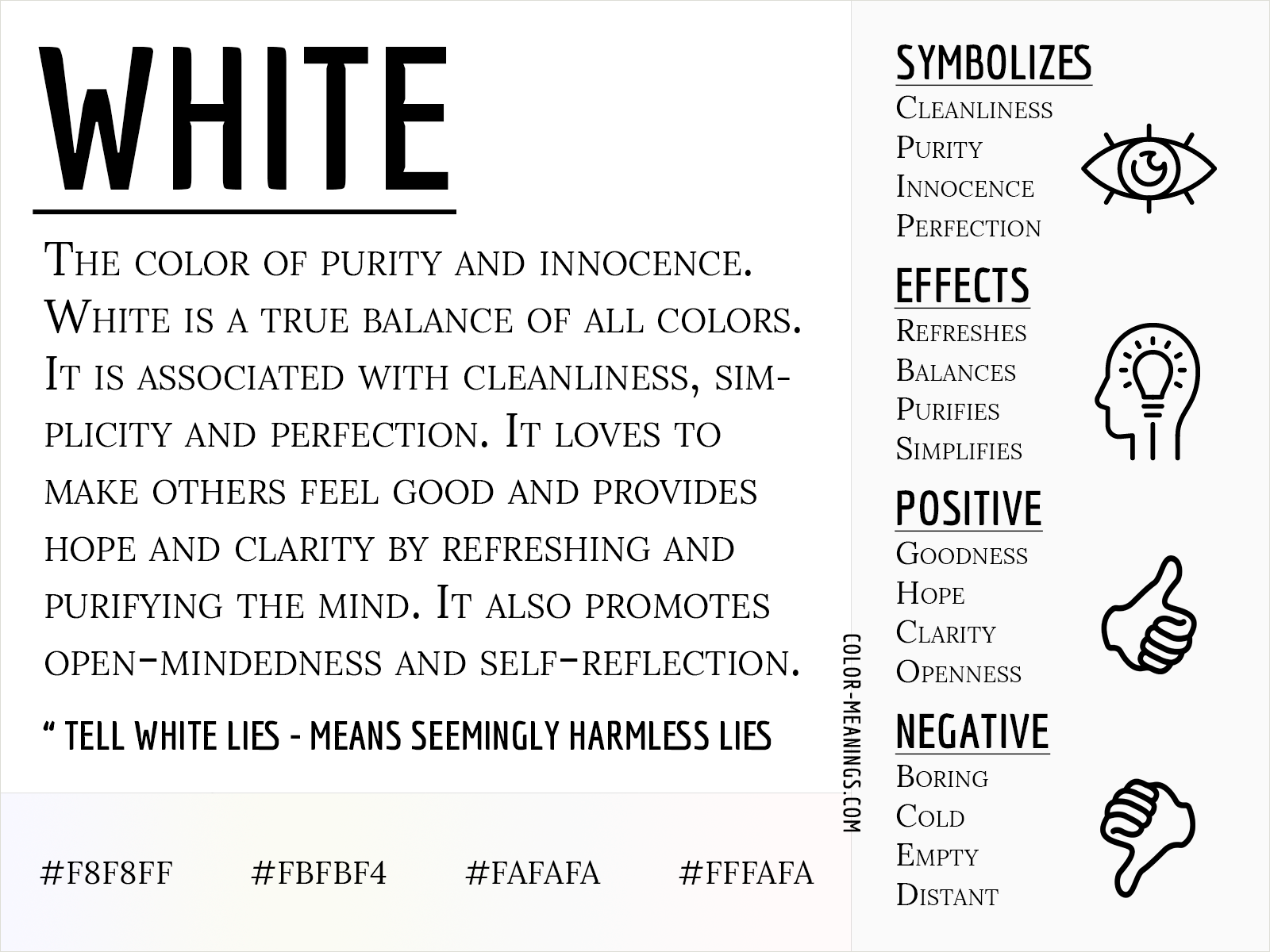

works for digital marketing and graphic designs
ReplyDelete